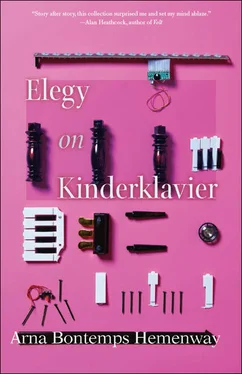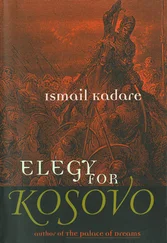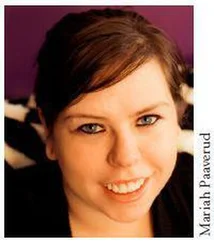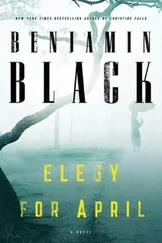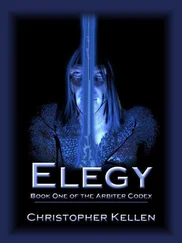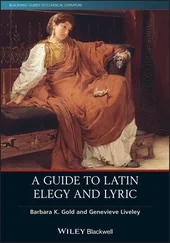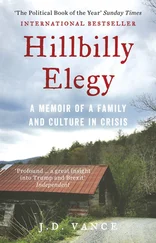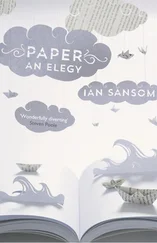•
Back in the car, Gershon loops around on the streets without really knowing why.
“We have to pick up something for the next visit,” he says, though Hava has not asked.
The silence in the vehicle is suddenly oppressive. Gershon flips on the streaming stereo console. It begins where he left off listening in his study, how long ago — days? weeks? — picking up in the middle of “Mars, Bringer of War.”
Hava gives an abrupt laugh.
“Holst!” she says, surprising him. He feels himself color.
“Yeah, well,” he says.
She laughs again.
“Very apropos, I mean, you listening to The Planets . It’s just funny,” she says, losing heart at his empty face, trailing off, “I guess.”
It wasn’t the first thing he’d listened to. After his first year in the post, he’d decided to sacrifice each subsequent term to a different composer. By the time it came to this year, there were only two composers left in the giant box set of vintage vinyl he’d brought with him, stubbornly refusing to download anything. He didn’t think he could bear Mahler. He is saving Mahler for the end of something. And so it is Holst this year.
He feels self-conscious now, as they listen to the music in the vehicle’s cocoon of quiet, about just how much there is to dislike about Holst, and particularly this movement — the insistent cheesiness, the way it telegraphs its effect, etcetera, etcetera — and for a moment Gershon wants to explain to Hava why it is he loves it. Which is, mostly, its time. The recalcitrant 5/4 time signature that one is meant to be unsettled by, that one is meant to recognize on some plane of consciousness as otherworldly: violent, but an odd, stumbling sort of violence. Gershon loves the shifting character of it too — giving the section that is now filling the silence between him and Hava its limping, reeling motion. It builds to a climax that never comes, that is instead interrupted by the piece’s own blunt, martial, off-kilter theme. He especially likes the contrapositive effect that occurs when listening to it while driving through the city, its insistent tones set against the nothing-scape, the empty buildings. How long, if ever, will it take Hava to understand?
The movement ends, the piece’s final crisp blasts giving way to the quiet thrum of the vehicle’s electric engine, which declension of silence rushes back in around them. They round a corner and pass along one of the small bus depots, four stops in a row. Hava turns almost sideways in her seat. Gershon slows the vehicle, then stops, though he’s not been planning to.
This is the scene of the first of the new bombings, of which there have so far been three. The sites of the bus bombings are always more pointed, Gershon thinks, because they are on exactly the right scale: the mangled industrial metal and shattered plastic of the small shelters and stubs of benches clearly imply the size of the absent human figures; the bus (which is not there, which will never, in fact, arrive) easily present in the imagination. And afterward, back in the real Jerusalem, when things are quickly cleaned up, when the bus shelters are immediately and officiously rebuilt, there is no sight that so clearly demonstrates the aggression of the quotidian, the way the world just goes on with its commute, urban regeneration swallowing memory whole. What is left — what has always been left for Gershon, even before everything happened with Yoheved and Shmuli — is a residual sense of the city’s sadness: nonspecific, drifting at the margins of a beautiful, light-filled mid-afternoon in the square in front of the Jerusalem Ballet, for instance. This is a quality that is absent from the New Jerusalem, where even an actual event such as this new bombing is only re-creation, recreated history, as if anyone needs further proof of terror’s lack of imagination. The real city’s sadness is comforting, in a way, is also what he means to say. But he can see Hava doesn’t recognize the location.
“Didn’t you ever see the bus station during the third intifada?” Gerhson says now, sharply.
“No,” Hava says, not looking at him. “My parents lived in the suburbs. We didn’t go into the city for maybe two whole years, during the worst of it. Or I didn’t, anyway.”
The reference to the suburbs throws Gerhson off for some reason. Unbidden, a memory: only a few months after immigrating, Gershon walking for hours and hours through the suburbs to get to the Israel Museum in order to see the Dead Sea Scrolls; mid-morning, the city absolutely deserted, Gershon strolling through the stillness, not having any idea why there was no one around until the woman at the ticket office reminded him it was Tisha B’Av. Gershon leans forward a little to see around Hava, to see exactly what she’s looking at, and is distracted instead by the crumbled concrete curb at the epicenter of the explosion.
Who was doing it, bombing the New Old City? When it began, Gershon simply assumed it was one or several of the packs of Palestinian kids, rigging oxygen tanks to explode, which had seemed poetic in that they needed the oxygen tanks as much as the Israeli settlers did. But after the second, and the third — the bombings always in the old places, the corresponding places where, back in the real city, there’d been real bombings — Gershon is not so sure. It seems unlikely that those Palestinian kids (unorganized, wild, mostly diffident) would even be able to come by the oxygen tanks and whatever else was needed to manufacture and set off a single such bomb, let alone three. Who then? Briefly, Gershon has entertained paranoiac visions of secret (subterranean?) bands of adult Palestinians, having made it across the gaping gulf between the settlements, surfacing to plant the explosives. But no, the unblinking eyes of the government satellites, with their heat-imaging and Gershon can’t imagine what all else, would never miss them. And there is the fact that there was never — or hasn’t been so far — a single casualty, a single person even injured. Who then? Who did that leave?
But to be honest, Gershon doesn’t really care. He visits the bombing sites, writes his reports back to the diplomatic corps, and follows the slight change in the cityscape with a detached kind of interest. Sometimes, as now, he thinks about what the New Jerusalem will look like in ten years, in twenty, with the bombings continuing; if, at some point, the New Jerusalem will resemble exactly what the actual, amnesiac Jerusalem really should look like.
Gershon sighs and realizes with a start that Hava is watching him. He has been staring off into space for he doesn’t know how long. He gives a little cough and puts the vehicle in gear.
“Some tour guide,” Hava says flatly, and Gershon can hear her steely anger.
•
Hava follows Gershon up the steps in the empty building just inside New Jaffa Gate. Catty-corner across the street, the Tower of David’s brutal features emphasize the heavy quiet, never stranger than when one is actually standing inside the abandoned, the never-occupied New Old City.
To get to the new old apartment, they have to follow the wide staircase of decrepit marble up two flights, passing through the lobby of a dank, empty hostel with vaulted ceilings. One floor above, Yoheved and Gershon eventually got used to foreign backpackers and American college kids trudging up the stairs which passed through the real apartment’s wide dining room on their way to the cheapest sleeping mats on the roof. Shmuli used to look up from his food during dinner and wave to them, beaming.
Now, as Hava and Gershon climb up through the hostel lobby, Gershon says, “Mark Twain once stayed here. Well, not here , but, you know. There’s a picture of him in some book standing right there by the desk.”
Читать дальше
